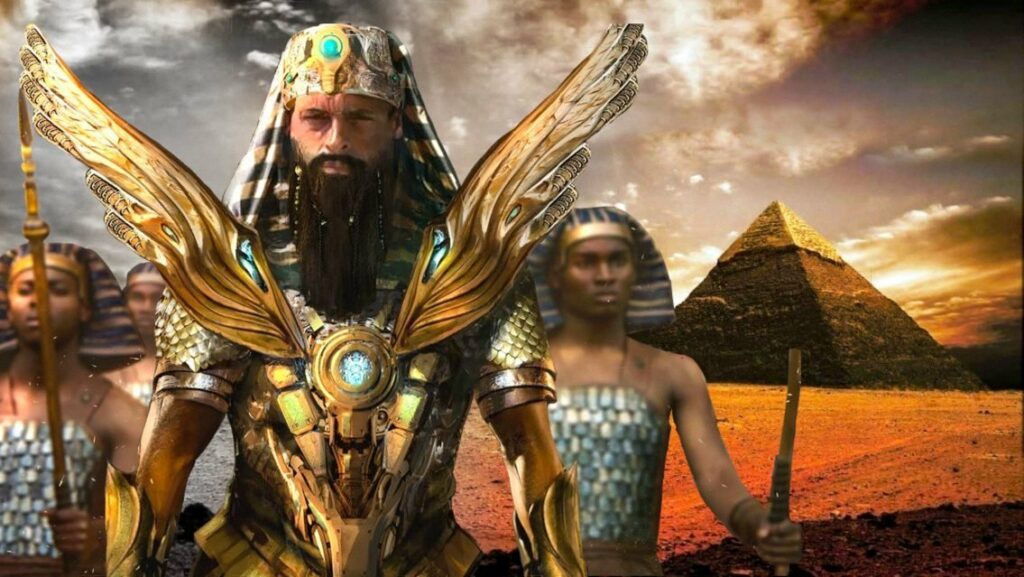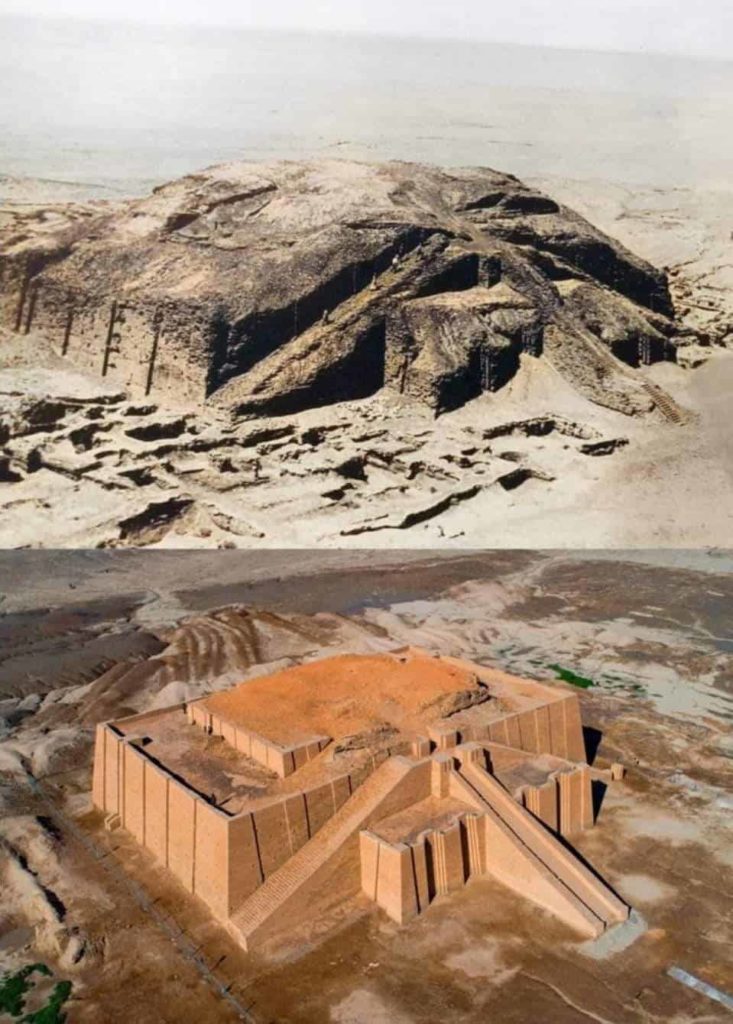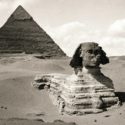Great Ziggurat Of Ur: The Earthly Home Of The Anunnaki And An Ancient Space Center Constructed By Sumerians
The Sumerian pyramids are not inferior to the Egyptian pyramids in terms of architectural splendor. Several explanations about the function of the ziggurats (huge buildings created in ancient Mesopotamia), including ufologists’ curiosity, have been offered. The Great Ziggurat of Ur (the ancient Sumerian city, now in Iraq) is the most prominent ancient Mesopotamian edifice because it is devoted to Nanna, the city’s patron deity.

The construction of the Ziggurat of Ur began during the Third Dynasty reign of King Ur-Nammu and was completed by his son, King Shulgi. Along with the Royal Mausolea and the Palace of Ur-Nammu, it is one of three well-preserved structures from the Neo-Sumerian capital of Ur.
William Kennett Loftus discovered the ruins of this ancient stepped Pyramid in 1850, but it was Sir Leonard Woolley who excavated it in the 1920s and 1930s. The gigantic step pyramid was 64 meters (210 feet) long, 45 meters (148 feet) wide, and over 30 meters (98 feet) tall. Only the foundations of the Sumerian ziggurat have survived, thus the height is hypothetical.
The Nanna temple at the pinnacle of the Ziggurat at Ur was the most important section of the structure, but it has regrettably perished. Many Urites believed that their Ziggurat was the spot on Earth where Nanna chose to live or where gods and mortals met. Ancient Mesopotamians thought that their gods, like any mortal, had desired. As a result, they built a chamber in the temple with a bed. It was, however, occupied by a virgin who had been chosen to be the god’s consort. On the side of the stairwells, there was also a kitchen, which was most likely used to make food for the god.
Sumer was once thought to be the cradle of civilization, with Mesopotamians worshipping a large number of deities known as the Anunnaki, who represented the world’s many powers. The Sumerian pantheon is thought to have had hundreds or perhaps thousands of gods, but there are only seven Top-Ranking Gods. The gods of the moon and wisdom are An, Enlil, Enki, Inanna, Utu, Ninhursag, and Nanna.

“He[Nanna] was the son of Enlil and Ninlil and is their first-born after Enlil seduces Ninlil by the riverside in the fable Enlil and Ninlil,” according to the World History Encyclopedia. His spouse was the fertility goddess Ningal (also known as Nikkal, the ‘Great Lady,’) and their children were Utu-Shamash (the sun god) and his twin sister Inanna/Ishtar (goddess of love and sexuality), Ereshkigal (Queen of the Dead), and Ishkur (also known as Adad, god of storms).”
The purpose of the Ziggurat and its relationship to the Tower of Babel
The objective of the ziggurat is to bring the temple closer to the skies and offer access to it from the earth via steps. These pyramid temples were thought to be a link between heaven and earth by the Mesopotamians. The Babylonian Ziggurat was known as Etemenanki, which in Sumerian means “House of the Foundation of Heaven and Earth.”
“Many academics and pundits across the spectrum from liberal to conservative believe the Tower of Babel, portrayed in Genesis 11:1-9, was almost probably a ziggurat,” according to katachriston.wordpress.com. Why?
(1) The ziggurat word is used in Gen. 11.
(2) The biblical description (Gen. 11:3a: “let us create bricks and burn them completely” and Gen. 11:3b: “and they utilized brick for stone, and they used tar for mortar”) is identical to the bitumen mortar and baked clay-brick construction of ziggurats. The construction method described in Genesis closely resembles early Sumerian building practices in the Tigris-Euphrates river valley, where the first societies emerged, but not afterward times or Biblical locations (such as Israel during the kingdom period), in which such methodologies had fallen out of favor and obscurity centuries before.
(3) The “plains of Shinar” (SNR) in Gen. 11 are philologically identified as Sumer (SMR), and the plains of Shinar/Sumer are located between the Tigris and Euphrates rivers.
(4) There are also tales of tongues being mixed up and a large tower being destroyed in Sumer.
(5) Modern study has conclusively shown that the first civilizations and ancient languages arose in Mesopotamia’s plain of Shinar.”
Spaceport from the past
Whether Ziggurats were truly a place for gods to live on Earth or a meeting point for gods and humans, and if these gods were ancient astronauts from outer space, then there had to be a place for their spaceship to land and take off.

In 2016, during a business trip to Dhi Qar, Iraqi Transport Minister Kazim Finjan made a spectacular comment in support of this theory. The Sumerians, he claims, had their spaceport and actively went around the solar system. (More information can be found here.)
Finjan believes that the first airports and spaceship platforms were created in the ancient towns of Eridu and Ur some 7000 years ago. Regrettably, the minister made no explanation of where the Sumerians obtained such technology or why there was no evidence of their existence.
Professor Kamal Aziz Ketuly wrote that he saw three Sumerian clay tablets with cuneiform writing and illustrations dating back to roughly 3000 BC while visiting the Iraqi Museum in Baghdad’s Sumerian wing. He claims to have discovered heliocentric depictions of the solar system on one of the tablets.
Furthermore, “Mesopotamians utilized a calendar with months and years beginning in 3000 BC, indicating that the Moon was examined at that early date.” “All five planets visible to the naked eye, as well as the Moon, the Sun, the stars, and other celestial phenomena, were recognized and studied” in ancient Mesopotamia. Mercury, Venus, Mars, Jupiter, and Saturn are the planets involved.



